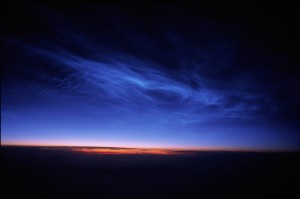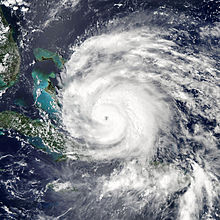Science For Six-Year-Olds is a recurring segment on Science Decoded for Mrs. Podolak’s first grade class at Lincoln-Hubbard elementary school. This year in first grade we’ve also learned about noctilucent clouds done an experiment with butter, talked about hurricanes and sugar maple trees, and learned a song about the states of matter.
***
Hello First Graders! I heard that you are participating in a fundraiser for P&G Children’s Safe Drinking Water campaign. This is a great project, because having access to clean water for drinking, cooking, and washing is necessary to stay healthy. This campaign supplies water purification packets to communities that don’t have a way to access clean water. In addition to drinking and cleaning access to water is also important to take care of crops because it helps provide food and money for people to live off of and support their families.
There are many countries in the world where water is difficult to get, or the water that is available is not clean enough to use. Many of these countries are located on the continent of Africa. Due to your work on this safe drinking water project, I wanted to share with you some background information about groundwater, which is one source that people around the world use to get water for drinking, cleaning, and watering crops.
 Have you ever heard the term groundwater? Groundwater is exactly what it sounds like, it is water that is located underground in soil or in tiny crevices or cracks in rock. When it rains some of the water will go to nourish the plants and living things in that area, but some of the water will travel deep into the ground until it hits a level of rock that it cannot as easily travel through as it does the soil. The water will collect in a layer above this rock. There is groundwater nearly everywhere, but how much groundwater there is can vary by location based on the type of soil and bedrock, how much or how thick the soil and bedrock is, and what kind of precipitation there is in that area.
Have you ever heard the term groundwater? Groundwater is exactly what it sounds like, it is water that is located underground in soil or in tiny crevices or cracks in rock. When it rains some of the water will go to nourish the plants and living things in that area, but some of the water will travel deep into the ground until it hits a level of rock that it cannot as easily travel through as it does the soil. The water will collect in a layer above this rock. There is groundwater nearly everywhere, but how much groundwater there is can vary by location based on the type of soil and bedrock, how much or how thick the soil and bedrock is, and what kind of precipitation there is in that area.
Even a place that is very dry and hot like Africa has groundwater. In fact, some scientists recently found out that there is a lot more water deep underground in some of the North African countries like Libya, Algeria, Egypt and North and South Sudan than they had previously thought. But, just because there is water deep underground doesn’t mean that the people have access to it. Getting water from deep underground up to the surface where people can use it can be very difficult and expensive.
One way that you can get water out of the ground is by drilling or digging a well. A well is a piece of pipe that fills up with ground water that can be brought to the surface with a pump. Look at the picture above from the USGS website, can you see how the well sucks up the water?
In Africa, small wells and hand pumps may be the best way to extract groundwater for people to use. This is because large projects that drill for the water are expensive and could deplete the reservoirs too quickly in addition to causing other problems. In some areas even smaller projects aren’t a very good option because there are difficulties pumping the water up due to depth, or the pumps are too expensive. Hand pumps also need to be maintained because they can sometimes break, and this can be expensive. In some areas the problem is not access to water but improvements needed to better collect and store the water.
We all live in a part of the world where we just have to turn on the faucet to have water, but you can tell from all the problems listed above that it is not so easy in other places. Sometimes getting access to clean water is very complicated. There are an estimated 300 million people living in Africa that do not have access to clean water, and only 5% of land on which crops could be grown is set up to water the plants. Having clean water is very important to keep people healthy, and by raising money to help provide water purification packets for areas of the continent where they will be useful is a great way to help out. Good luck with your fundraiser and if you have any questions about groundwater let me know!

